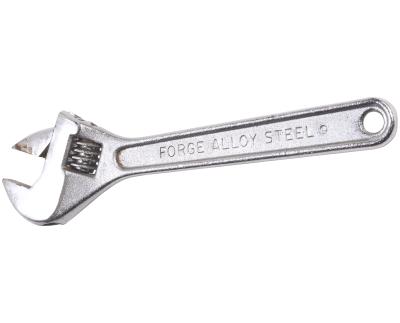
Radiators are used in the vast majority of automobiles produced today to keep the engine from overheating. It does this by running a mixture of water and coolant through the engine block in order to cool it, then it circulates the hot water through the radiator itself, which blows cool air over it in order to drop its temperature again, and then runs the newly cooled liquid through the engine block again. A broken radiator will not be able to perform this task adequately, which will cause the engine to overheat and be potentially damaged.
Open the radiator cap and then place a drain pan underneath the drain valve on the bottom of the radiator.
Open the radiator drain valve on the bottom of the radiator and allow it ample time to drain. It should take about five minutes for the entire radiator to drain.
Remove all of the hoses attached to the radiator. There will be hoses on the right side, the left side and one on top of the radiator near the radiator cap. The number of hoses will depend on which model Volvo you have. To remove the hoses unscrew the screws on the hose clamps using a screwdriver, then twist and pull on them to remove them.
Remove the two brackets on either side of the top of the radiator using an adjustable wrench. On some models you may have to remove the fan housing; to do this simply unbolt all of the bolts on the top and bottom of the fan housing.
Pull out the old radiator and put the new one in its place.
Bolt the new radiator into place by attaching the old mounting brackets and bolts into the new radiator. Also reattach the fan housing in this step if you had to remove it in Step 5.
Reattach all of the hoses and secure them in place by tightening all of the hose clamps.
Fill the new radiator with coolant and close the radiator cap.